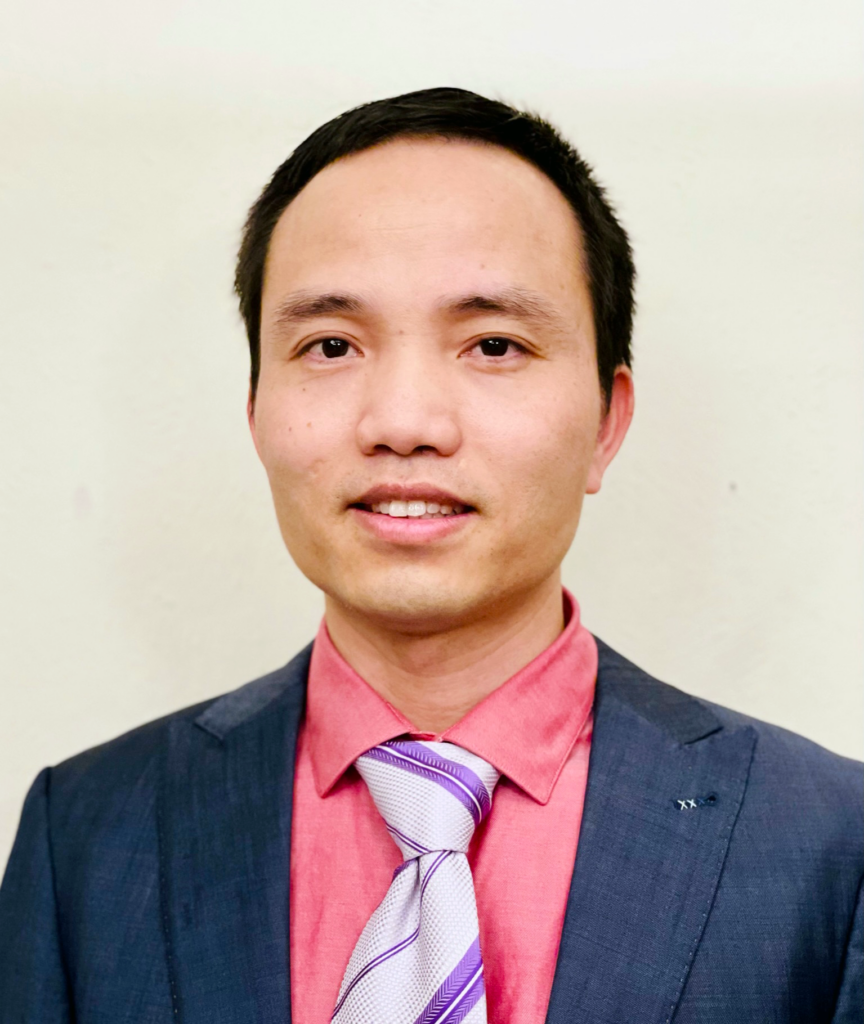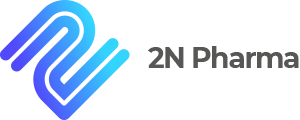Today we speak to Dr. Vang Le-Quy at Aalborg University, about how his team is collaborating with Dr. John Nieland, 2N Pharma Co-Founder and his research group at Aalborg University’s Health Science and Technology Department, in the search for a cure to Amyotrophic Lateral Sclerosis (ALS) and other currently incurable diseases.
Hello Vang, can you start by telling us what you and your team do?
Hello, I’m a Senior Data Scientist specialising in data science and IT infrastructure at CLAAUDIA, a team within Aalborg University, Denmark, that advises researchers on the use of AI and other cutting edge IT technologies for research and development. We also set up computing environments and data managements practices to follow security and privacy regulations. We have 3 sub-teams for data science, data management and high performance IT infrastructure and I am in the data science sub-team.
“Virtualisation gives a flexible computing environment at lower cost”
Dr. Vang Le-Quy
With multidisciplinary expertise, CLAAUDIA offers advice on what technologies can best help to meet particular R&D challenges. In data science, we offer in-depth support by creating software prototypes, troubleshooting existing codes, investigating and showcasing new technologies, such as virtualisation.
Virtualisation gives a flexible computing environment at lower cost than a traditional environment in terms of system administration and resource utilisation. In data management, we guide researchers so they follow best practices, such as handling of personal sensitive information. In high performance computing, we setup and maintain the infrastructure, onboard new users, and support them all the way through their projects in ‘cradle-to-cradle’ manner.
Overall, we lower entry barriers and remove roadblocks so researchers can access cutting edge technologies without having to learn it and without having to become experts in them, whilst knowing it’s the best current solution to their needs, and that they have more time to focus on their areas of expertise.
Please tell us a little about your background, how you came to Aalborg University and what you do here?
I come originally from Vietnam and I graduated in molecular biology in South Korea in 2009. Over the last 12 years I’ve been working in molecular biology, bioinformatics and most recently in Data Science, involved in biotechnology and its applications in medicine. My wife moved to Denmark for work and so i investigated relevant work opportunities nearby, and was attracted by Aalborg’s reputation and R&D research environment. When coupled with the quality of life and work:life balance it was an easy decision to make and I moved to Denmark in 2009. In 2018 I moved from Aalborg University Hospital to Aalborg University, seeing the big trend in data science. I was motivated to be part of something bigger and the chance to combine the various strands of my interest and skills.
My career goal is be an expert in healthcare data science. Ever since high school I taught myself computer science skills and this curiosity in how computers work captured my imagination from that formative stage. In my PhD I continued my interest in computing by learning Linux and computer programming. In science my original interest was physics however I increasingly found living things much more fascinating. At this time I became skilled at statistics too, which may be seen as very dry but forms the basis for data science. Everything else is built on top but you have to know the foundations.

and Data Science sub-team leader at Aalborg University
Is this how you’re working with Dr. Nieland and his team at Aalborg University?
Yes, by video tracking rodent subjects we can gain better understanding of their actions and behaviours over a much longer time frame, as this is automated without the need for extensive and tedious involvement by researchers. The advantage is that all data is being analysed objectively and is not influenced by personal interpretation. The AI helps identify and follow the actions of each mouse, thereby significantly increasing the data on each subject and reducing the likelihood of missing short term incidents or the chance of mis-attributing actions from one mouse who looks much like another. Additionally the technology can identify, open up and cross-reference other data sets that can run in parallel, or be compared to past results, vastly adding to the depth of insight and speed of research.
Please tell us about how you got involved with the project?
Due to my work with Aalborg University, John Nieland, Associate Professor in the Molecular Pharmacology Group at Aalborg University contacted us to find support. Dr. Nieland is also a Co-Founder of 2N Pharma, and he came up with the idea to collaborate with 2N Pharma as well. It’s still quite a unique service to support non-computer scientists with advanced techniques for more evolved statistics and data analysis, and to make use of AI and other new fields. Now due to the collaboration between Aalborg University and 2N Pharma both the company and Aalborg University profits. With the AI based programs we develop both researchers at the university as well as in 2N Pharma have access to advanced AI intelligence. This all really helps make the mission to beat ALS and other CNS diseases like Parkinson’s disease and Multiple Sclerosis come to fruition.
What do you enjoy about the project?
The project’s really interesting and i can see the great potential in the treatment. I’m excited by the prospect that we can both generalise and widen out its applications to other currently incurable conditions and use the data later to personalise and improve its effectiveness.
What excites you most about AI’s potential?
“Combining AI and imaging gives some of the most practical uses right now”
AI increases productivity, safety, and accuracy for many areas of life. There are lots of applications of AI in life science and medicine. Combining AI and imaging gives some of the most practical uses right now, such as in the screening and analysis of radiological and pathological images.
This combination enables pattern recognition, more refined sensing, more diverse and extensive analysis and the ability to process text and access findings text across all different languages, and using AI to extract relevant information from scientific journals in real time.
The power of machine learning is vast, always up to date, shareable, immediately accessible, historical and able to identify potential patterns and thereby identify new areas of inquiry. It opens up the realm of personalised medicine and hyper-sensitive tracking of results. Healthcare staff are empowered with having access to all relevant expert opinions, whilst errors or omissions can be flagged and addressed straight away.
In imaging and AI our insights and efficiency improve all the time as we as get better at capturing, quantifying and analysing more text, video and voice data, finding trends, spotting variations, refining the algorithms and building on what has been trialed, implemented and observed before.
Is AI yet included in the studies of bio-pharma students?
Generally it’s all still cutting edge. My recommendation for students is to follow their own additional research and to nominate themselves to be researchers with companies like 2N Pharma, where it’s all real world cutting edge application of AI and other technologies in practice.
What else are you and CLAAUDIA working on right now?
Increasingly we are opening up new collaborations with other universities, coordinating national and regional access to supercomputer partnerships. A new LUMI supercomputer is on the way to help us speed up even more and ensure CLAAUDIA remains at the cutting edge. It’s my role to discover too to discover such new systems and capabilities, test and share the findings, to always be able to offer the best solutions modern technology can provide. I’m also fascinated with the field of genomics which offers great potential for personalised medicine.
Many thanks for your valuable time Vang.
Thank you.
